History
The village formerly known as East Burlington has long had a reputation as a place where folks could go to indulge in certain socially shunned behaviors, as long as they did it quietly. Founded in 1855 as the western terminus of the Chicago, Burlington, & Quincy Railroad, the village grew into a popular place to gamble and buy sex, a vice trade that catered primarily to men who worked on the river or railroads, as well as a few local farmers. In the early years, these establishments worked out of log cabins and under trees until proper buildings went up. The East Burlington Hotel was one of those places, a popular two-story brothel near the river.
The De Hague family ran another popular establishment, a tavern and boarding house. The patriarch, Joseph, would have been an interesting guy to have a beer with. He was apparently an associate of pirate Jean Lafitte when he was a teenager, but he got out of the pirating business with the help of an official pardon for fighting with the United States during the War of 1812. De Hague mined lead for a while in Galena, then worked on a few riverboats. In the early 1830s he bought land at Gulfport and set about building a life for his family. He farmed for a short while, then built his establishment near the river, making good money until his death in 1856. Oh for a time machine to spend just one evening in that establishment!
In the 1860s and 1870s, much of the vice trade floated on gunboats, which were basically shacks built on top of barges. They would tie up along the Mississippi near a town, where they were either ignored by local authorities or moored just beyond their jurisdiction. If they attracted the enmity of local folks, they just untied and floated down to a new location.
The gunboats weren’t always quick enough to get away, though; sometimes local folks got to them first. In July 1870, Charles Coburn killed Fred Watson on a gunboat. Coburn was arrested and eventually convicted of murder and sentenced to 14 years at Joliet. The night he was arrested, a group of vigilantes from town raided the gunboat and seized two women, then torched the boat. The women were tossed in jail for 6 months. When another gunboat tried to establish itself in the area a couple of years later, vigilantes raided it, too, complete with the seizing of the women and burning of the boat, before catching the owner, a man known as Chippewa Jack.
The village had other businesses besides vice, like a busy stockyard that operated from 1867 until 1920 and a grain terminal that opened in the 1960s for river shipping. When the village incorporated in 1928, East Burlington became Gulfport, a name that was reputedly chosen to emphasize that the town is on a waterway that links to the Gulf of Mexico.
During Prohibition, Gulfport was a busy place for bootleggers. Gulfport had a dance hall called Turner’s Hall where booze was served without any attempt to hide it. After Prohibition ended, one of Gulfport’s main industries remained booze and bars, and the city was nicknamed “Sin City.” Some clubs had strippers (many were students earning money for their tuition at nearby colleges), but music was also a big draw. Country singer Johnny Paycheck once played an impromptu show at a Gulfport bar. The bars clustered on the south side of town, which is why residents who lived on the north side of town could insist that Gulfport was a quiet place to live.
Flooding eventually took a big toll on Gulfport, though. A big flood in 1965 destroyed some businesses, but it was the 2008 flood that really hurt. When two levees failed on June 18, water rushed into Gulfport, separating the village hall from its foundation and submerging many buildings and cutting off US Highway 34. Aside from the loss of businesses, Gulfport lost much of its already small population, as the village shrunk from 207 residents in 2000 to just 54 permanent residents ten years later. Many people left because they didn’t have flood insurance and therefore couldn’t afford to rebuild. Federal rules at the time didn’t require them to own flood insurance, because they had a big levee between them and the river.
**Looking for more places to visit along the Mississippi River? Check out Road Tripping Along the Great River Road, Vol. 1. Click the link above for more. Disclosure: This website may be compensated for linking to other sites or for sales of products we link to.
Community-supported writing
If you like the content at the Mississippi Valley Traveler, please consider showing your support by making a one-time contribution or by subscribing through Patreon. Book sales don’t fully cover my costs, and I don’t have deep corporate pockets bankrolling my work. I’m a freelance writer bringing you stories about life along the Mississippi River. I need your help to keep this going. Every dollar you contribute makes it possible for me to continue sharing stories about America’s Greatest River!
©Dean Klinkenberg, 2015,2019
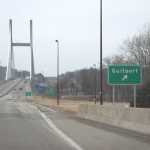
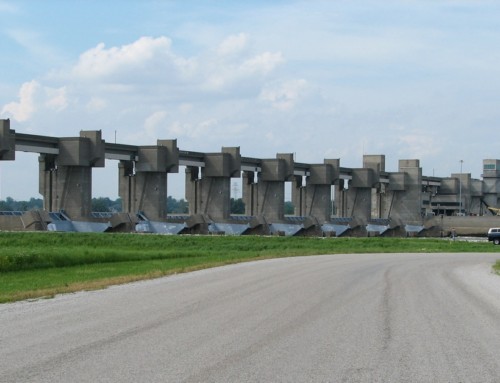
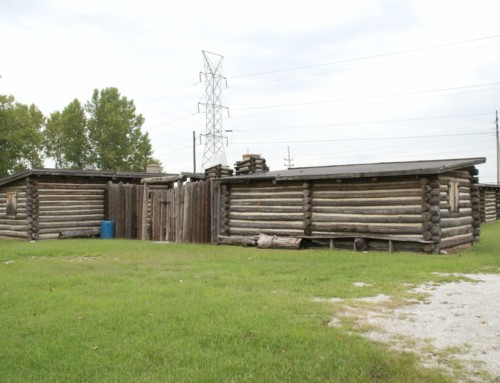
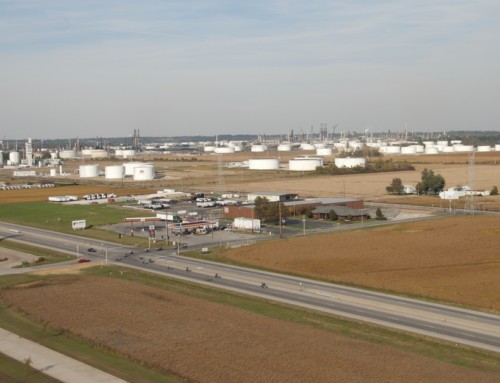
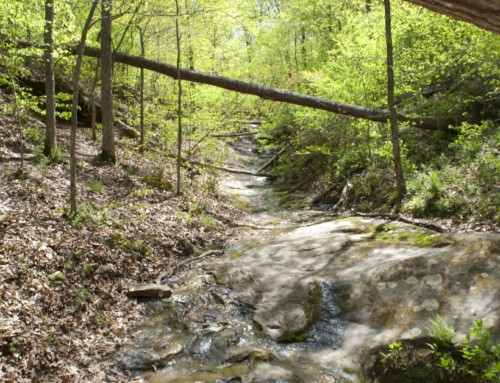
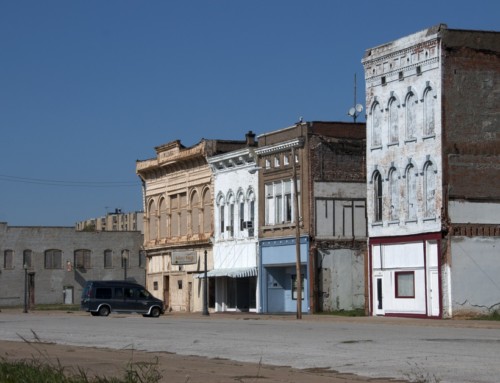
Hi, Jerry. The information in all my posts comes from a variety of published sources, including history books and newspaper accounts. If there’s something in particular you think is inaccurate, I’d be happy to tell you where that information came from. There’s plenty of potential mistakes and omissions in any historical account, regardless of when it was published, but I rarely rely on a single source for what I write about.
Yes there is one person who can tell you all about the city of Gulfport and that is Marvin Brockett he lived there all his,life worked in every bar walked every street he help with the fire trucks a long will h his father Hap a Brockett was a fireman and Marvin would help Marvin helped so much thew all the floods he help them rebuild and with clean up every body knew Marvin even the girls in the bars he was there right hand man today Marvin can tell you a lot about his town Gulfport if you see him just ask him he loves his home town Gulfport.
Dean, I question the accuracy of your writing. Please provide me with your sources. My sources which are actual accounts of this era published about 1888 don’t jive with your writing.
Thanks,
Jerry Dehague
I have a lot of Gulfport memorabilia, but never heard any of this history. I was born in 1965 (7 wks old when the Flood hit) and lived there until the Flood of 2008. Thanks for sharing. I find this very interesting.